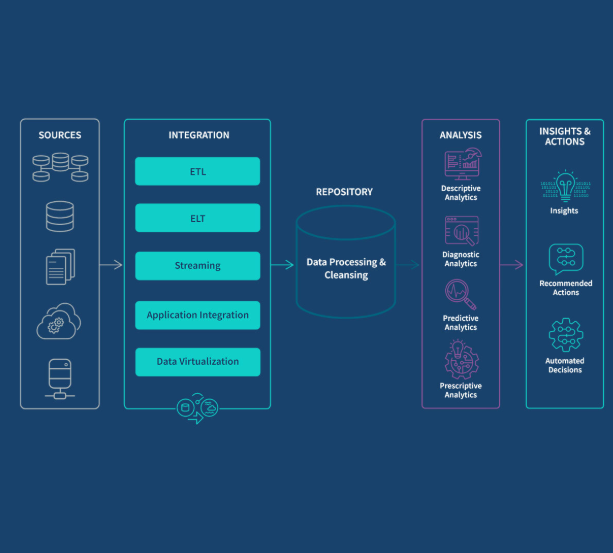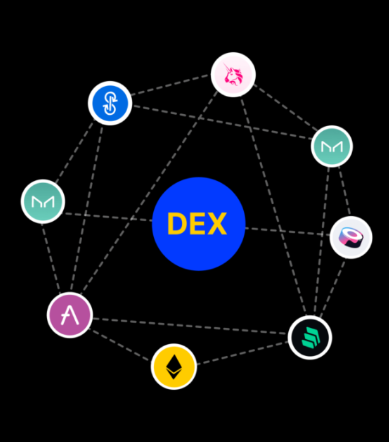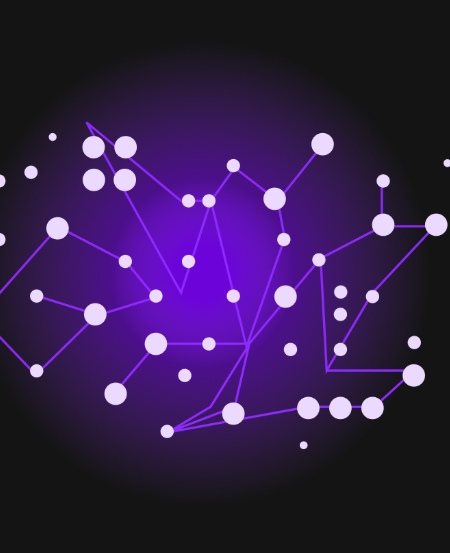
Generative Adversarial Networks (GANs) represent one of the most exciting breakthroughs in artificial intelligence, enabling machines to create remarkably realistic content ranging from photorealistic images to synthetic voices. Since their introduction by Ian Goodfellow in 2014, these neural network architectures have transformed creative industries, scientific research, and business applications.
How GANs Work: The Creative Competition
At their core, GANs operate through an ingenious adversarial training process between two neural networks:
- The Generator creates synthetic data from random noise
- The Discriminator evaluates authenticity, distinguishing real from generated content
This continuous competition drives both networks to improve – the generator produces increasingly convincing outputs while the discriminator becomes more discerning. Over time, the system can generate synthetic data nearly indistinguishable from real-world examples.
Key Variants and Their Specializations
Modern GAN architectures have evolved to address specific challenges:
- DCGANs use convolutional layers for stable image generation
- CycleGANs perform unpaired image translation (e.g., turning horses into zebras)
- StyleGAN produces ultra-realistic human faces with controllable features
- SRGANs enhance image resolution while preserving details
- WaveGAN generates realistic audio samples
Each variant solves unique problems, from data augmentation to artistic creation.
Transformative Applications Across Industries
GANs are driving innovation in numerous fields:
- Healthcare
Generating synthetic medical imaging data to train diagnostic AI while protecting patient privacy. - Entertainment
Creating digital avatars, concept art, and even entire synthetic environments for films and games. - E-Commerce
Generating product images and virtual try-on experiences without expensive photoshoots. - Security
Developing robust facial recognition systems through diverse synthetic training data. - Scientific Research
Modeling complex phenomena where real-world data is scarce or difficult to obtain.
Implementing GANs: Key Considerations
Successful GAN projects require careful planning:
- Data Preparation
High-quality, diverse training data is essential – the adage “garbage in, garbage out” applies doubly to GANs. - Architecture Selection
Choose a GAN variant suited to your specific output requirements and data type. - Training Strategy
Implement techniques like gradient penalty or spectral normalization to stabilize training. - Evaluation Metrics
Use quantitative measures (FID, IS) alongside human evaluation to assess output quality. - Ethical Guidelines
Establish protocols for responsible use, particularly when generating synthetic media.
Overcoming Common Challenges
GAN development presents unique difficulties:
- Mode Collapse – When the generator produces limited varieties of outputs
- Training Instability – The delicate balance between generator and discriminator
- Evaluation Difficulties – Quantifying the quality of generated content
- Computational Costs – Significant hardware requirements for complex models
Recent advances in self-attention mechanisms and progressive growing techniques help address these issues.
The Future of Generative AI
As GAN technology matures, we’re seeing exciting developments:
- Hybrid models combining GANs with transformers
- Few-shot learning approaches reducing data requirements
- Real-time generation capabilities
- Improved control over output attributes
These innovations promise to make generative AI more accessible and controllable across applications.
Getting Started with GANs
For organizations exploring GAN implementation:
- Begin with well-documented frameworks like TensorFlow or PyTorch
- Start with pretrained models before attempting custom architectures
- Allocate sufficient computational resources
- Partner with domain experts for ethical deployment
The potential of GANs continues to expand as researchers develop more stable training methods and novel applications. By understanding both their capabilities and limitations, businesses can harness this transformative technology to create value while navigating its challenges responsibly.
















































